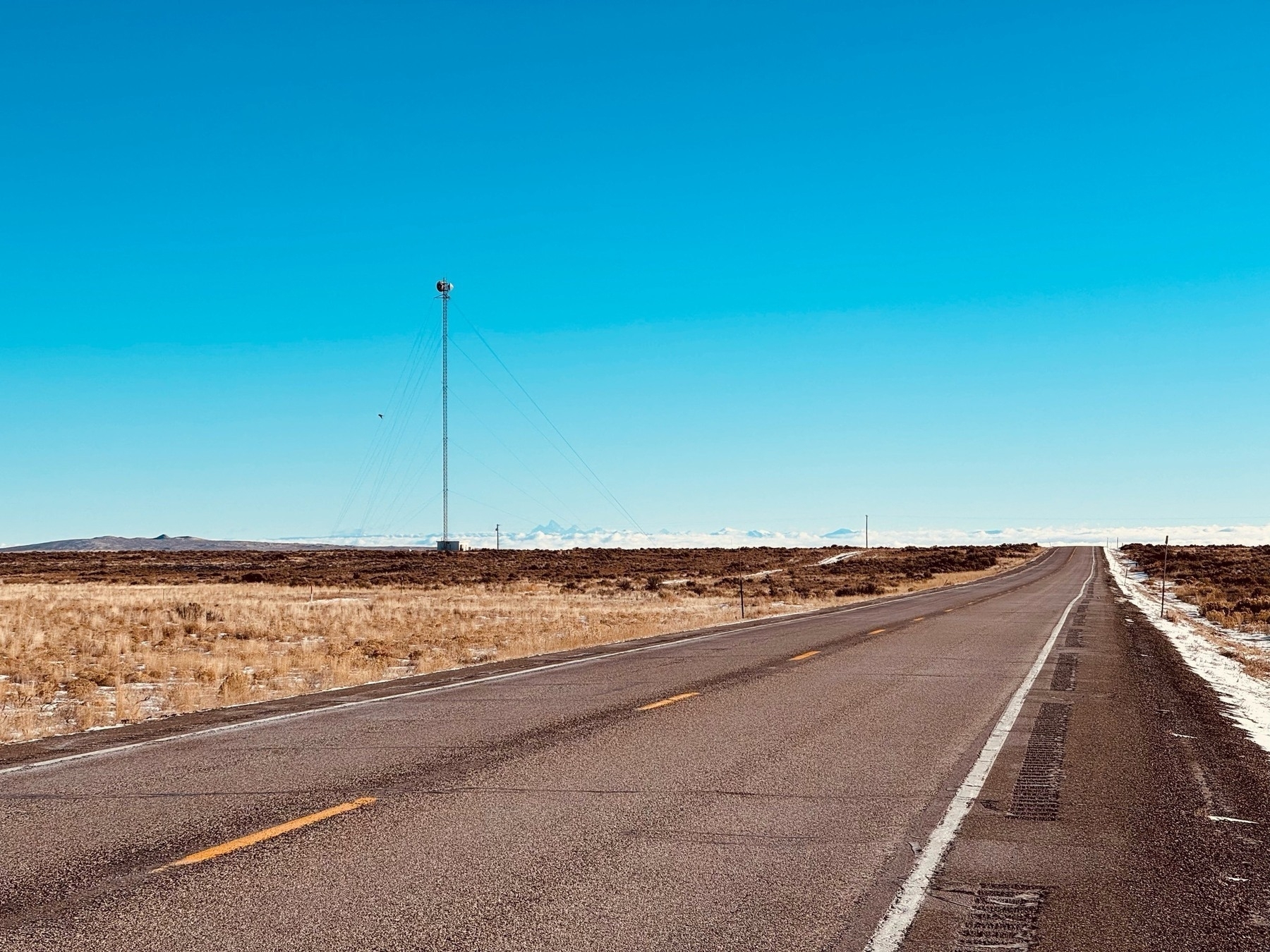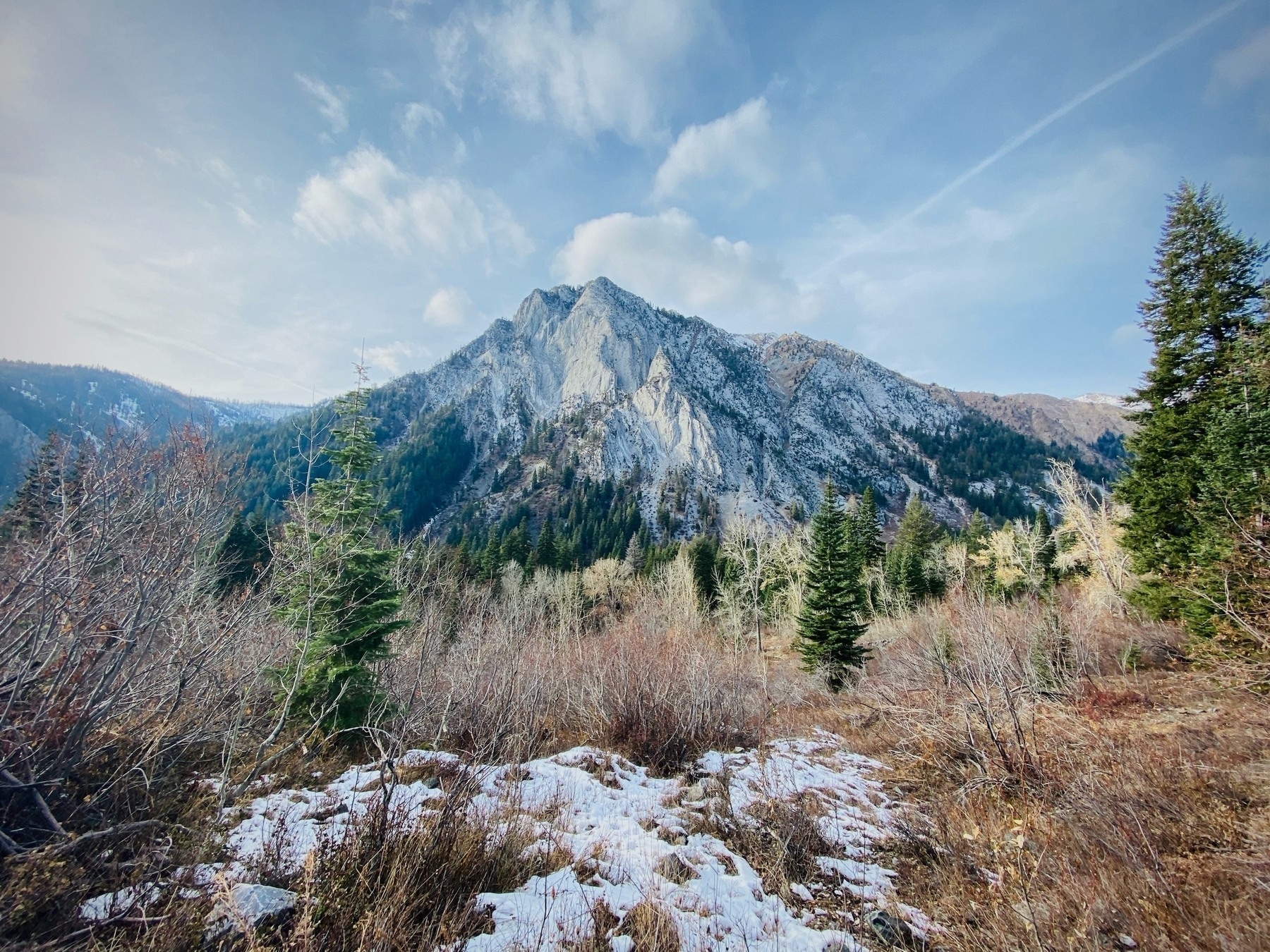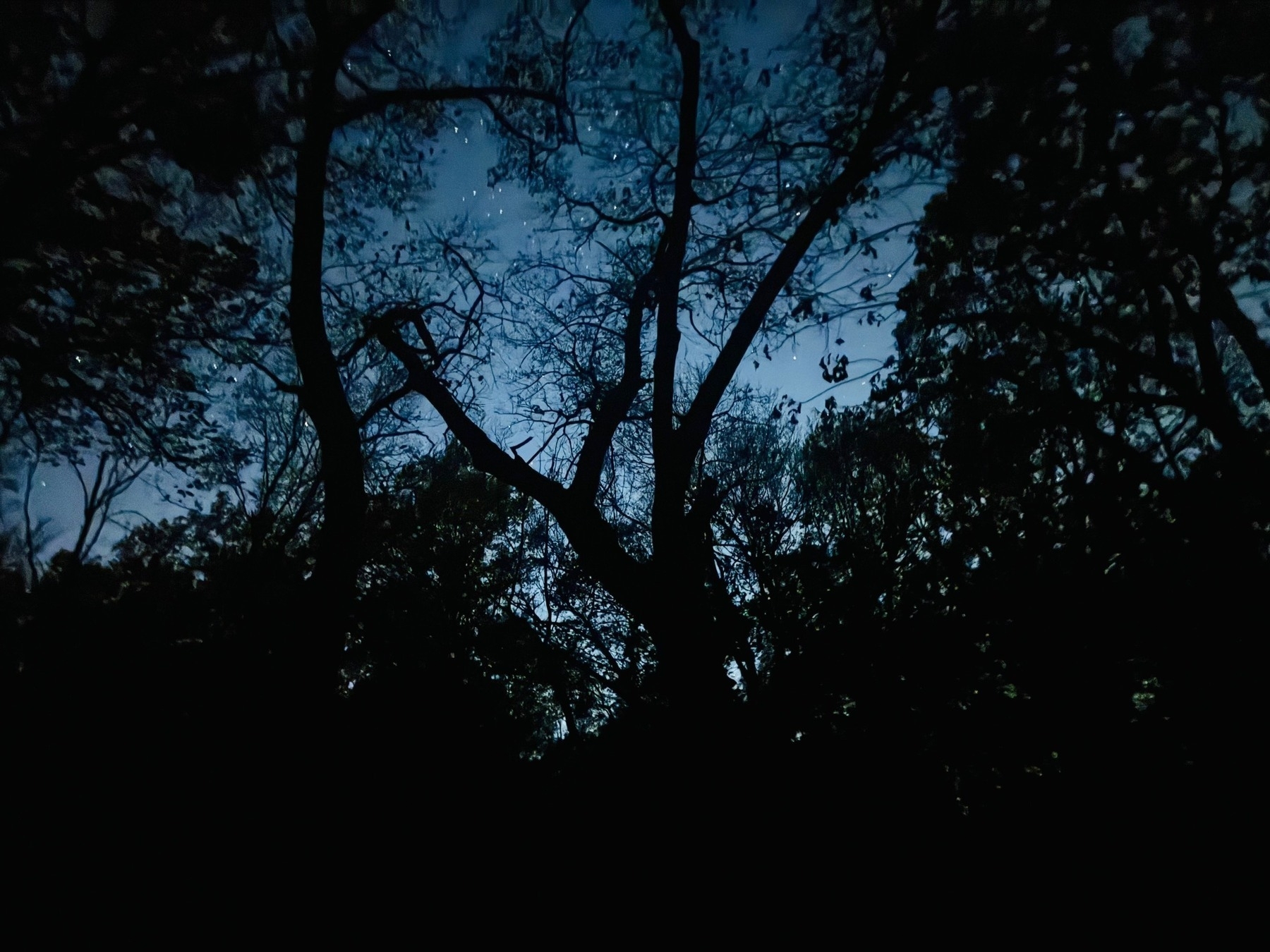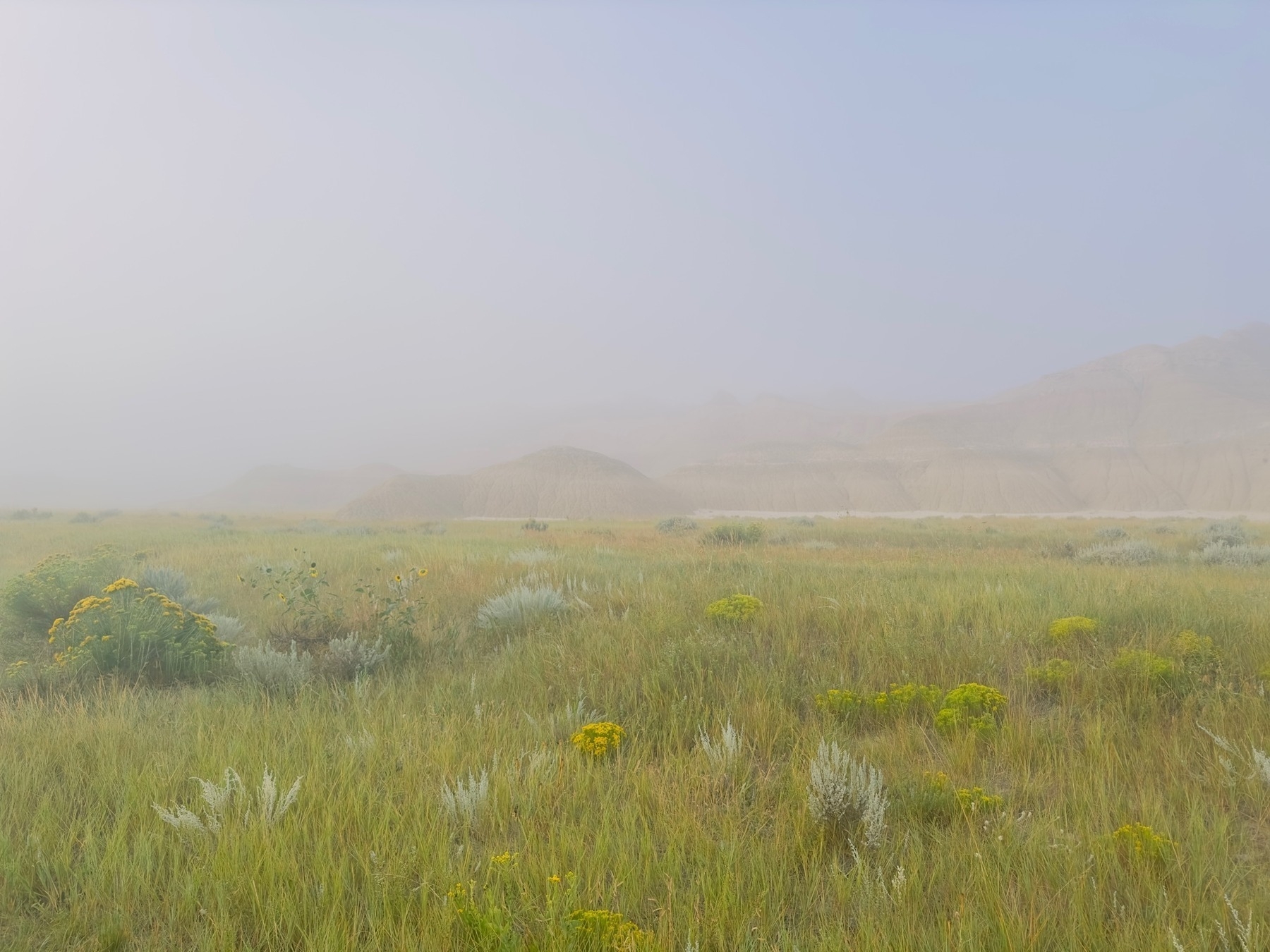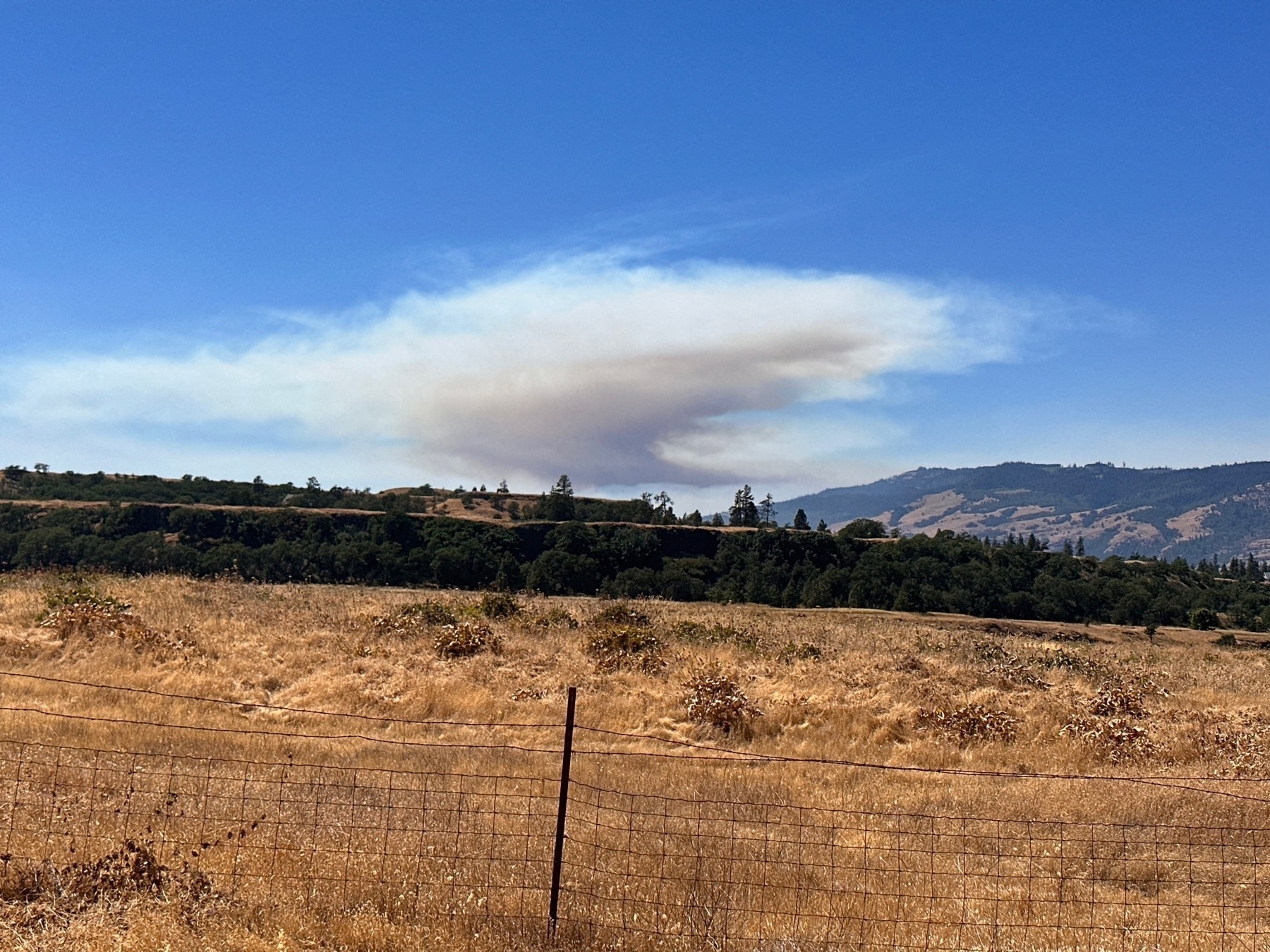The truth about ‘white rural rage’
Instead of threats to democracy, or rebellious politics, or reflexive anger, we keep finding something different: pride in rural living, a sense of communal belonging, a shared fate that intertwines the economic well-being of rich and poor in rural communities. Yes, there are resentments, especially towards government officials and experts. But resentment is not a stereotype. It’s a motivation, a story.
Still, rageful stereotypes sell better than complex backstories. And they’re easier for our political and media ecosystems to make sense of. Reference some data point about QAnon conspiracies in the heartlands, and you’ll raise more money from nervous liberals in the city (who just so happen to live next to three times as many conspiracy believers). Lash out against the xenophobia in small towns, and you’ll mobilise your city voters to the polls. Rage draws clicks. It makes a splash.
However, unlike rage, which is explosive and directed towards immediate targets, scholars have shown that resentment in rural areas emanates from a sense of enduring injustice and marginalisation. It is not primarily about anger towards specific groups such as black Americans, immigrants, or LGBT individuals. Instead, resentment or grievance is a deeper, more persistent feeling that arises from real and perceived slights against rural communities. These include economic policies that have devastated local industries, a lack of investment in rural infrastructure and education, and a sense of cultural dismissal from urban-centric media and politics.
I’m currently reading White Rural Rage and boy, do I have thoughts. It’s clearly written by two people who do not live in rural spaces, but about people that do.
Thoughts to come.
An Idyll on the Shores of a Toxic Lake
…people who live in Bombay Beach stay because the town offers a tight-knit community in the midst of catastrophe. Though its residents contend with environmental adversity on a daily basis, they’re also demonstrating how to navigate the uncertain future we all face — neglect, the fight for scarce resources, destruction of home, the feeling of having no place to go. They are an example of how people can survive wild climate frontiers together.
Bombay Beach. Butte. The San Luis Valley. Rock Springs. Where they go, so go we all.
Family Dollar to close almost 1,000 stores
The parent company of Family Dollar said it would close approximately 1,000 stores, citing market conditions, store performance and other factors.
Dollar Tree, which has owned Family Dollar since 2015, said Wednesday that 600 Family Dollar stores would close in the first half of 2024, with another 370 locations closing over the next several years.
The husks of these stores will become a new hallmark of rural America.
Stewarding Black Worlds
I feel like I have more of a home in geography than in planning, because my work is centered in social and cultural geographies. That’s what planning is missing. I recently jokingly (but actually not) referred to myself as anti-disciplinary. I’m inspired to call myself that because I see the possibilities, the growth, the visibility that emerges in discussion of Black places when we work outside our disciplines. It’s through consideration of cultural landscapes that you become better able to center the humanity and complexity that planning doesn’t comfortably accommodate.
The Most Detailed Map of the Tetons Ever Made
With a source image over 100,000 pixels wide and using hundreds of gigabytes of data, we’ve created the most detailed relief map of the Teton Range ever made.
Indiana Nature Notes
Farther down beach, sand gave way to thick slabs of gray clay, slippery. Whole veins of it where waves took away sand covering. Geologists say last glacier pushed in clay (and gravel and dirt), creating Valparaiso Moraine: kind of ridge here at southern edge of lake. Glacier = bulldozer, bulldozing moraine, which then acts as dam or divide. North, the great lake; south, water drains into Kankakee floodplain. M. and I stand at ancient, slippery edge.
Anatomy of a Random, Unhinged Assault in Portland, City of Professed Benevolence
The question of what constitutes humanity is at the heart of Constantino’s attack and the tensions in Portland, a city buckling under the weight of its ostensible benevolence. Few U.S. cities have offered as fertile an environment for drug addiction and homelessness to take root, via hands-off policies and the idea that a moral society is a tolerant society – all of which might have stood a fighting chance, had the riots and violence of 2020 not kneecapped a city already struggling under COVID.
I voted, in 2020, for Measure 110, the ballot measure decriminalizing the possession of many controlled substances, i.e. drugs, below a certain amount. When I did, I was thinking of my experience with drugs like mushrooms, molly, marijuana, all of which I’ve used and enjoyed. (And not just recreationally — having suffered in the past from severe, debilitating, and suicidal Depression, these drugs have helped me immeasurably. It’s not an understatement to say I owe them my life.)
But slowly, over the last few years, I’ve come to regret my vote. I did not understand the potency of these new synthetic drugs like fentanyl, sent in from China via Mexico.
I voted as I did in hopes that people with mental illness would not be jailed. I still feel this way. But I recognize it’s not compassionate to leave people on the streets either, left in the grip their addiction.
To leave someone to their addictions is not compassion. It is at times necessary, but it is not love.
A three state solution is the only option
I arrive at this conclusion by looking at the current situation and applying three basic principles:
- Large-scale ethnic cleansing will be minimized.
- Israelis and Palestinians will not want to share a state.
- Non-contiguous states aren’t viable.
A good place to start.
Thus, a two-state solution is really off the table, and always has been — not because of Israel’s actions or Palestinian irredentism, but simply because it’s not practically possible for Gaza and the West Bank to stay united.
This can’t be overstated.
I have many thoughts and many more feelings on the events of the last two days. I’ve long been interested in the Middle East and in Israel-Palestine in particular. I have friends on both sides of that border.
But it hardly seems worthwhile to wade into the morass at the moment. For now, here’s a photo I took a few years back — a view of the Gaza-Israel border.

6.6 DOE Test Area North, INEEL, Idaho – Remediation Management of Complex Sites
From 1950 to 1972, all liquid waste streams generated at TAN were introduced directly into the basalt aquifer (Snake River Plain Aquifer), approximately 200–300 feet below ground surface, through injection wells. Waste streams included low-level radioactive wastewater, industrial wastewater (including organic liquids), and sanitary sewage. Historical records provide little information on the types and volumes of organic wastes injected into the groundwater; estimates of total TCE injection range from 350 to 35,000 gallons. The direct result of these injection activities was a two-mile trichloroethene (TCE, C2HCl3) plume at concentrations >20,000 µg/L.
Whoa.
Conservationists See Rare Nature Sanctuaries. Black Farmers See a Legacy Bought Out From Under Them.
The loss of Black-owned land in this community exposes a cruel irony. Pembroke has been one of the few places Black landowners could gain a foothold in Illinois, in part because this land was passed over by white settlers who presumed its sandy soils were worthless. And now, after generations without large-scale development or landscape-destroying corporate farming, this land has become sought after by outside conservationists because Pembroke’s savannas remain largely untouched.
Another story of black land being “taken” (through entirely legal means), but this one has a unique backstory:
No one knows how Joseph “Pap” Tetter escaped the horrors of slavery in North Carolina, only that he, his wife, children and extended family arrived in what would become Pembroke Township in a wagon one day around 1861.
Tetter homesteaded 42 acres of land, which he parceled out and sold to fellow settlers. Proceeds went to help liberate more enslaved people via the underground railroad, according to oral histories.
Unlike the black, spongy soil that made Illinois an agricultural powerhouse, Pembroke’s sandy soil — widely considered some of the poorest in the state — didn’t retain moisture that would allow commodity crops like corn to thrive. But the land offered a fresh start for people who had been owned as property and forced to farm under threat of violence. Through trial and error, they found what could survive the sandy soil, growing specialty crops like okra, collards, peas and watermelons.
I grew up just a few miles from here. I had never heard of Pembroke or Hopkins Park until last week. Never a mention at school, never a mention at home. This week, I messaged some friends from my hometown and none of them had heard of Pembroke, though one responded, “my mom says ‘he’s not traveling there is he?’”
I’m fast approaching forty and I’ve long thought certain things could no longer surprise me, my hometown being high on that list. But here is a township founded by a man who escaped slavery not 30 miles from where I grew up. There are no historical markers, no mentions of it on the Illinois Historical Society website, nothing.
In 2023, that is shameful.
A town founded by an escaped slave became a terminal on the Underground Railroad…thirty miles from my hometown. One of the poorest communities in the United States, a town that was once the largest community of black farmers north of the Mason-Dixon Line…is thirty miles from my hometown.
If anything, I’m embarrassed that I too have fallen into the trap of thinking 1) that area has no surprises left, and 2) that the racial history of the United States isn’t this alive and well.
But I’m suddenly filled with pride knowing that I grew up just a few miles from a town founded by a man who escaped slavery with his family, a town founded as a haven for people escaping some of the worst cruelty imaginable. That history should be known, and it’s a damn shame it isn’t.
America Is Draining Its Groundwater Like There’s No Tomorrow
Oklahoma is working to determine how much water remains in its aquifers, information that state lawmakers could use to set limits on pumping. But Christopher Neel, the head of water rights for the Oklahoma Water Resources Board, said people might not necessarily welcome the government telling them that their land is running out of groundwater.
“If we start showing that kind of data, that kind of goes into your property values,” Mr. Neel said. “If we show an area may be depleted in, let’s say, two years, well, if someone tries to sell that property, they’re not going to be able to.”
Rare to find human nature this blatantly on display.
Isn’t this the problem with humans? We are so concerned with our immediate present that we lose all sight of a not-so-long-term future. We feel entitled to what we have right now and we will do anything to justify keeping it, even when reality shows it to be impossible.
The Dark Mountain Manifesto
Around the world, discontent can be heard. The extremists are grinding their knives and moving in as the machine’s coughing and stuttering exposes the inadequacies of the political oligarchies who claimed to have everything in hand. Old gods are rearing their heads, and old answers: revolution, war, ethnic strife. Politics as we have known it totters, like the machine it was built to sustain. In its place could easily arise something more elemental, with a dark heart.
A lot has changed since I first read this almost 15 years ago, but it has only become more prescient.
What Happens After the Worst Happens?
Stories in nature are once-upon-a-time stories, with slow, winding plots and surprise twists that evolve in the telling and are never finished. Once upon a time, Mount St. Helens came as close as a mountain can get to earthly perfection. And then the worst happened. But the land never stopped telling its stories. Fortunately, there were people on the ground who knew how to listen, who could make sense of what they heard, who pondered its implications and understood that they were entrusted with knowledge of the most miraculous kind. They’ve been writing the sequel to the eruption for nearly four decades now and counting — trying to answer that crucial question, What happens after the worst happens?
Will a Dollar General Ruin a Rural Crossroads?
Some say they recognize that the county needs tax revenue. “But are we going to sell our soul for anything that comes along?” said Bobby Conner, who grew up in Ebony and now works on tourism initiatives for Brunswick County.
Welcome to America, where everything is for sale.
